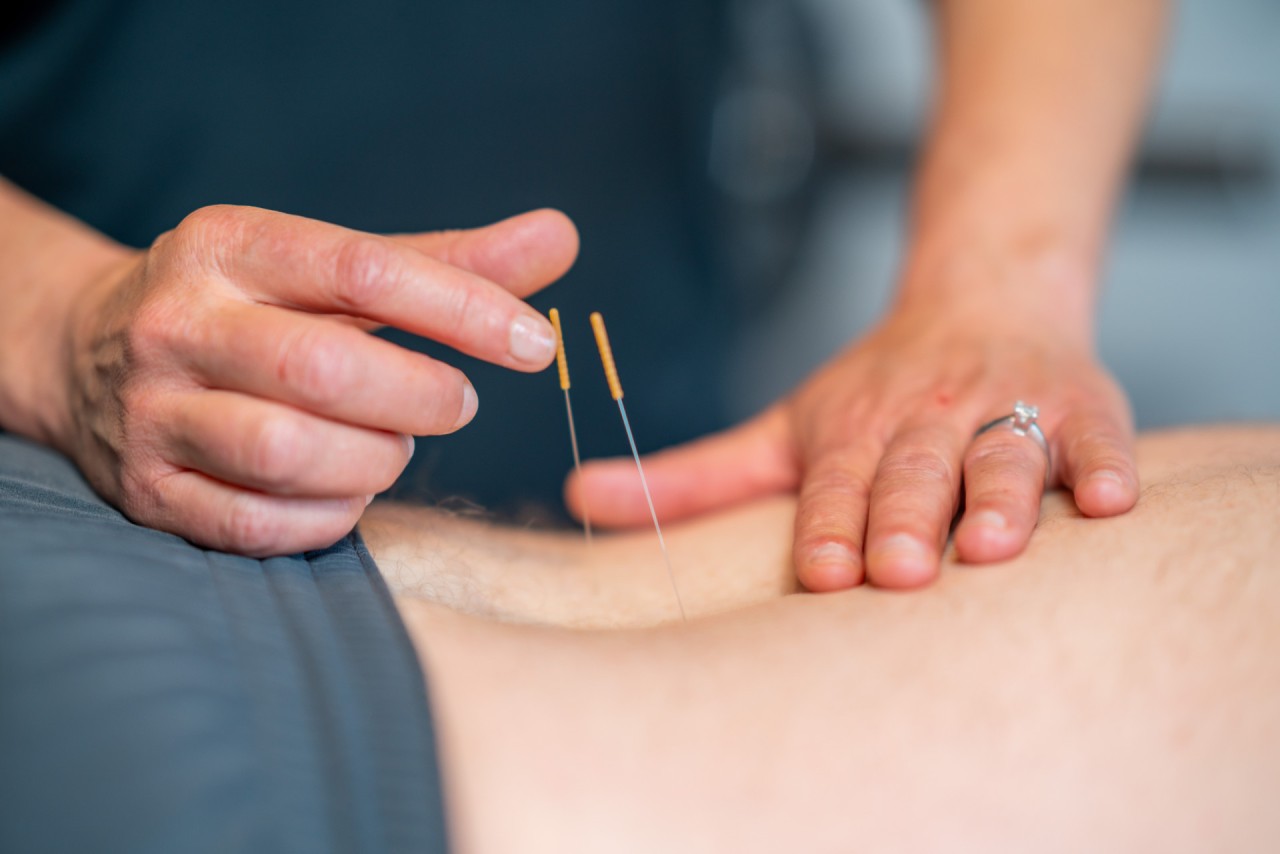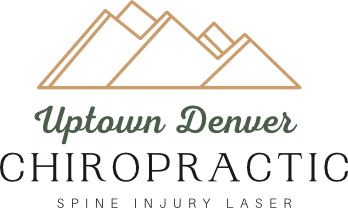How Dry Needling by Chiropractors Relieves Pain and Restores Function
If you suffer from chronic neck, back or muscle pain, stiffness, or limited mobility, your chiropractor may recommend incorporating dry needling into your treatment plan. Dry needling provides targeted relief for tight, knotted muscles that other therapies can't always adequately address.
Keep reading to learn what dry needling involves, how it reduces pain, conditions it successfully treats, what to expect during treatments, and the benefits it offers.
What is Dry Needling?
Dry needling is a technique chiropractors use to deactivate trigger points - tiny knots within muscles that cause radiating pain when pressed. The chiropractor inserts thin, sterile acupuncture needles directly into trigger points to provoke a localized twitch response. This releases built up scar tissue and muscle tension, restoring normal function.
Dry needling provides rapid, precise relief by targeting the main source of muscular tightness and discomfort. It differs from acupuncture in that it focuses strictly on muscular issues rather than energy meridians. However, the needles used are the same.
How Does Dry Needling Relieve Pain?
When needles are inserted into trigger points, the localized reaction does several beneficial things:
- Breaks up knots and adhesions between muscle fibers
- Increases blood flow to wash away inflammatory biochemicals
- Resets muscle contraction and relaxation mechanisms
- Deactivates painful nerve endings
- Reestablishes normal nerve signaling
Patients typically experience immediate relief of muscle tightness and aching after the first session as trigger points release. Full results are seen after several treatments as muscles regain flexibility and strength.
Conditions That Respond Well to Dry Needling
Chiropractors use dry needling to treat various chronic neuromusculoskeletal conditions including:
- Neck and back pain
- Headaches and migraines
- Plantar fasciitis
- Carpal tunnel syndrome
- Tennis elbow
- Rotator cuff tendonitis
- Fibromyalgia
- Muscle strains and sprains
- Repetitive motion injuries
- Pelvic floor dysfunction
Any condition causing localized muscle tightness and trigger points may benefit. Dry needling works synergistically with chiropractic adjustments.
What to Expect During Dry Needling Treatments
The first visit involves an exam to identify trigger points. The chiropractor presses on muscles to pinpoint knotted, painful areas. They mark the spots to be needled. Most sessions take 15-30 minutes.
After cleaning the skin, your chiropractor inserts several needles into the marked trigger points. You'll feel a muscle twitch when the needle hits the tight bundle of fibers. Needles remain for several minutes depending on technique. Most patients find the sensation tolerable.
Your chiropractor may manipulate the needles gently to intensify the release. Some also incorporate e-stim or heat on the needled areas. After needle removal, they may massage the spots and recommend stretches.
Chiropractic Dry Needling Offers Multiple Benefits
Dry needling offers several advantages over medication or pushing through muscle pain:
- Lasting pain relief as muscles relax and trigger points release
- Increased range of motion and flexibility
- Restored ability to use the affected muscles normally
- Avoidance of muscle compensations and gait disturbances
- Decreased headaches, numbness and tingling from reduced nerve and tissue irritation
- Enhanced performance for athletes due to supple muscles
- Improved posture as muscle tensions resolve
- Maximized function and comfort, allowing return to normal activities
Results often occur after just one or two sessions. Maintenance needling may be recommended monthly or as needed.
Precautions and Side Effects of Dry Needling
Most patients tolerate dry needling extremely well. Potential side effects include:
- Mild muscle soreness lasting up to a few days
- Minor bleeding or bruising
- Temporary fatigue or dizziness after treatment
Rare risks include infection or needle breakage if procedures aren't followed properly. Avoid dry needling if you take blood thinners or have a bleeding disorder. Check with your doctor if you have any concerns.
Finding Qualified Chiropractors Offering Dry Needling
Dry needling should only be performed by practitioners with specialized certification and training. To ensure competency and safety, look for chiropractors who:
- Have a Diplomate in Dry Needling or Certified in Dry Needling (CDN) credential
- Received thorough instruction on trigger point assessment protocols
- Have undergone hands-on needling practice
- Adhere to strict needling standards and methods
- Use high-quality sterile needles
- Have expertise in musculoskeletal injuries and pain
Reputable chiropractors will provide proof of their advanced dry needling education upon request.
Experience Dry Needling Relief at Uptown Denver Chiropractor
Dr. Wood at Uptown Denver Chiropractor provides expert dry needling therapy using the latest techniques. If chronic neck, back or muscle pain is interfering with your quality of life, consider adding dry needling to your treatment plan for better function and comfort.
Schedule an appointment to see how dry needling can help resolve your ongoing pain and mobility issues that conventional treatments haven't alleviated. Regain freedom of movement and live pain-free!
When you subscribe to the blog, we will send you an e-mail when there are new updates on the site so you wouldn't miss them.



